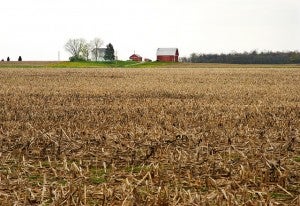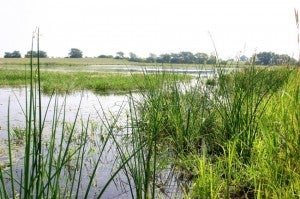The Ohio General Assembly will vote next week on legislation that aims to address the problem of nutrient pollution, which was responsible for a massive algae bloom in Lake Erie that contaminated the drinking water of more than 400,000 Ohio residents this past August.
In short, the bill would ban application of fertilizer on land that is frozen, covered by snow, saturated with rain, or when the weather predicts a certain amount of rainfall. Those who violate the ban could face penalties of up to $10,000.
Policies that set rational ground rules for when farmers can apply fertilizer to their fields and that create real incentives to reduce nutrient pollution are important, but it’s going to take more than legislation to solve the runoff problem. Read More












